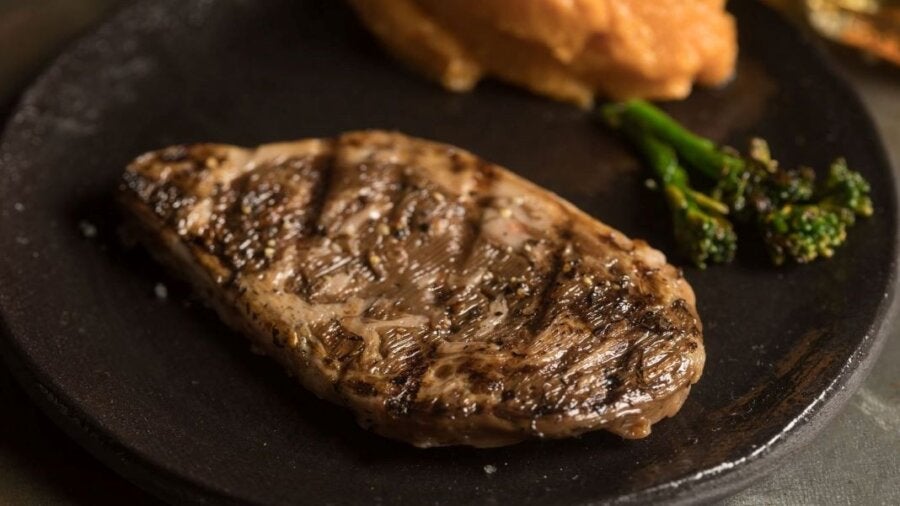
The market for meat alternatives is booming, but so far most products are only able to replicate the formless ground meat found in burgers, sausages, and nuggets. The world’s first 3D printed steak may be set to change that, opening the door to replicating any cut of meat we want.
Growing sensitivity to the environmental and ethical impacts of industrial animal agriculture has seen interest in plant-based diets boom. But companies have been quick to spot a major gap in the market: the morally conflicted carnivore who is swayed by the vegan’s argument but can’t imagine ever completely giving up on their favorite food.
This is leading to an explosion in companies looking to fill that gap with a variety of faux meats made from plant material or slaughter-free meat that’s grown in a lab rather than being cut from a carcass.
Some of these companies have already crossed over to the big time. Impossible Foods’ plant-based burgers are available at White Castle and Burger King, while Beyond Meat’s plant-based chicken is featured at KFC.
So-called “cultured meat” is lagging slightly behind, with the first commercial sale coming only in December, when Eat Just’s “chicken bites” were sold in a Singapore restaurant for $23. But money has been pouring into the sector, and a number of startups are planning to enter the market by 2022.
But for both approaches, there’s still a major hurdle to fully replicating the gastronomic experience of eating meat. While cultured methods work with the same raw ingredients and plant-based ones have found clever workarounds to mimic the taste of meat, they have struggled to create products that can replicate the complex networks of muscle, fat, and connective tissue that give whole cuts of meat their distinctive texture and flavor. And this is where the real money is. According to Business Insider, whole cuts like steak have the highest profit margins in the meat industry.
Advances in 3D printing may be set to change that, though. Last week, Israeli startup Aleph Farms unveiled the first lab-grown ribeye steak using their proprietary bio-printing process, which they say will eventually allow them to recreate any cut of meat.
The technology, developed in tandem with Israel’s Technion University, is similar to that being used in medical research to print “organoids” for drug testing, which one day could let us regrow entire organs from human cells. Using a device similar to an inkjet printer, the company lays down layers of support cells, fat cells, blood cells, and muscle cells that are then placed in an incubator to grow into the finished steak.
The secret behind creating a cut as complex as a ribeye is finding a solution to an issue that has plagued medical bio-printing as well. Building bulk tissue using a bio-printer isn’t that tough, but creating the fine network of blood vessels that ferry nutrients and waste products in and out of cells is much harder.
While the company isn’t giving away any details, they say they have created a proprietary process that acts similarly to a natural vascular system, helping nutrients across thicker sections of tissue during growth and maintaining a natural shape and structure before and after cooking.
It could take some time before you see these steaks in your local supermarket. The company doesn’t say how much it cost to make the bespoke steak, but judging by the price of other cultured meats, it won’t be cheap. And so far the only country to approve cultured meat for sale is Singapore, though regulators in the US have started the policymaking process.
The company also isn’t the only one relying on 3D printing to disrupt the meat industry. This week, another Israeli startup called Redefine Meat raised $29 million to build a large-scale pilot factory to start pumping out 3D printed plant-based steaks.
Rather than laying down layers of cells that then have to be incubated, they are using vegan-friendly mockups of muscle, fat, and blood to create complex patterns that mimic a well-marbled steak.
Whether the plant-based approach will be able to truly replicate the experience of biting into a juicy steak or the cultured meat industry will make cuts cheap enough for most of us remains to be seen. But it may not be long until your local butcher is hanging up his knives in favor of a 3D printer.
Image Credit: Aleph Farms
* This article was originally published at Singularity Hub

0 Comments